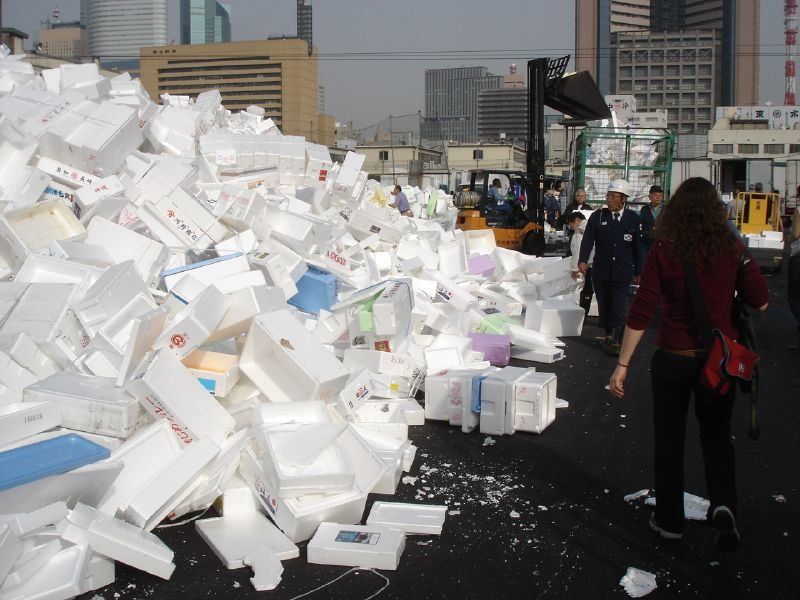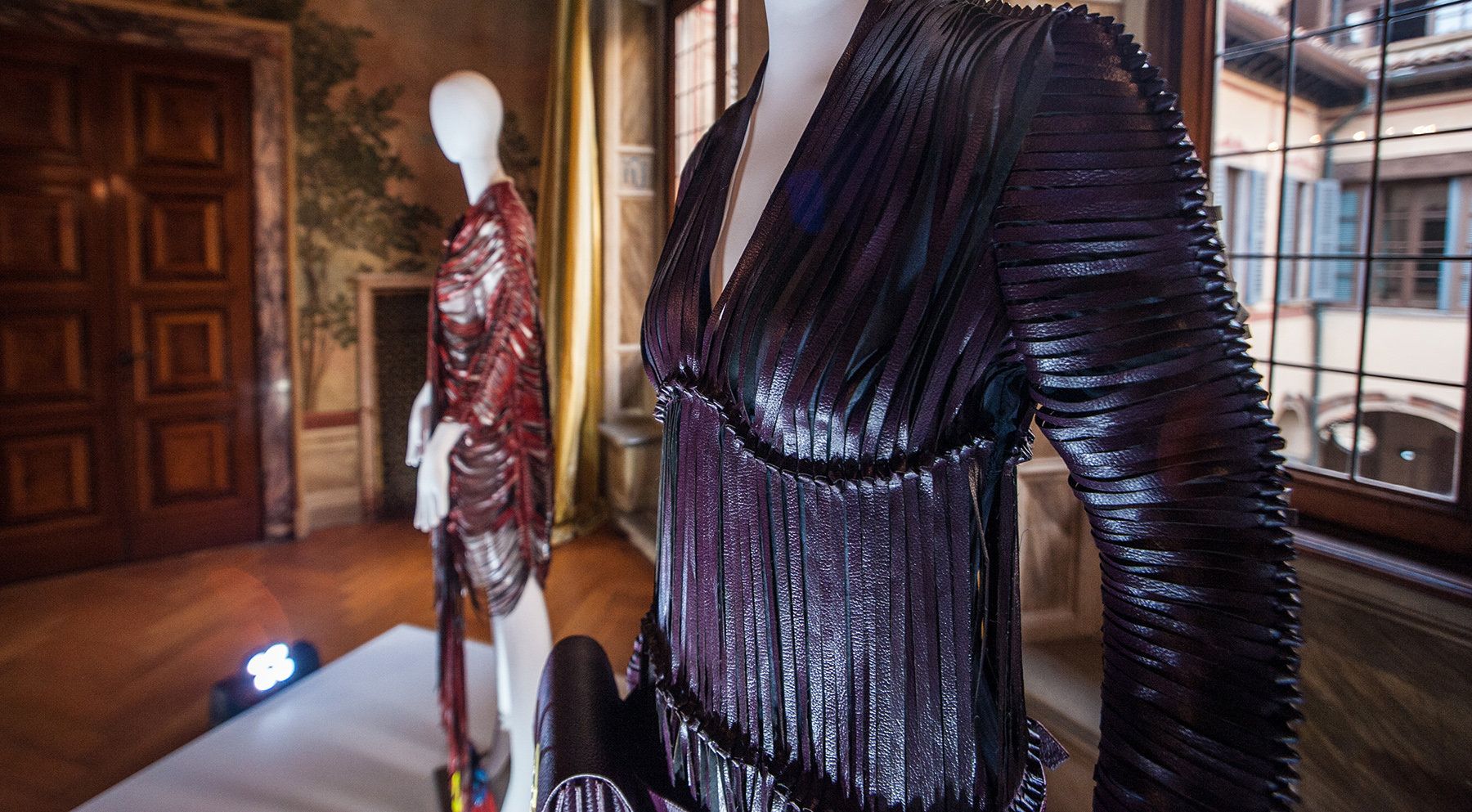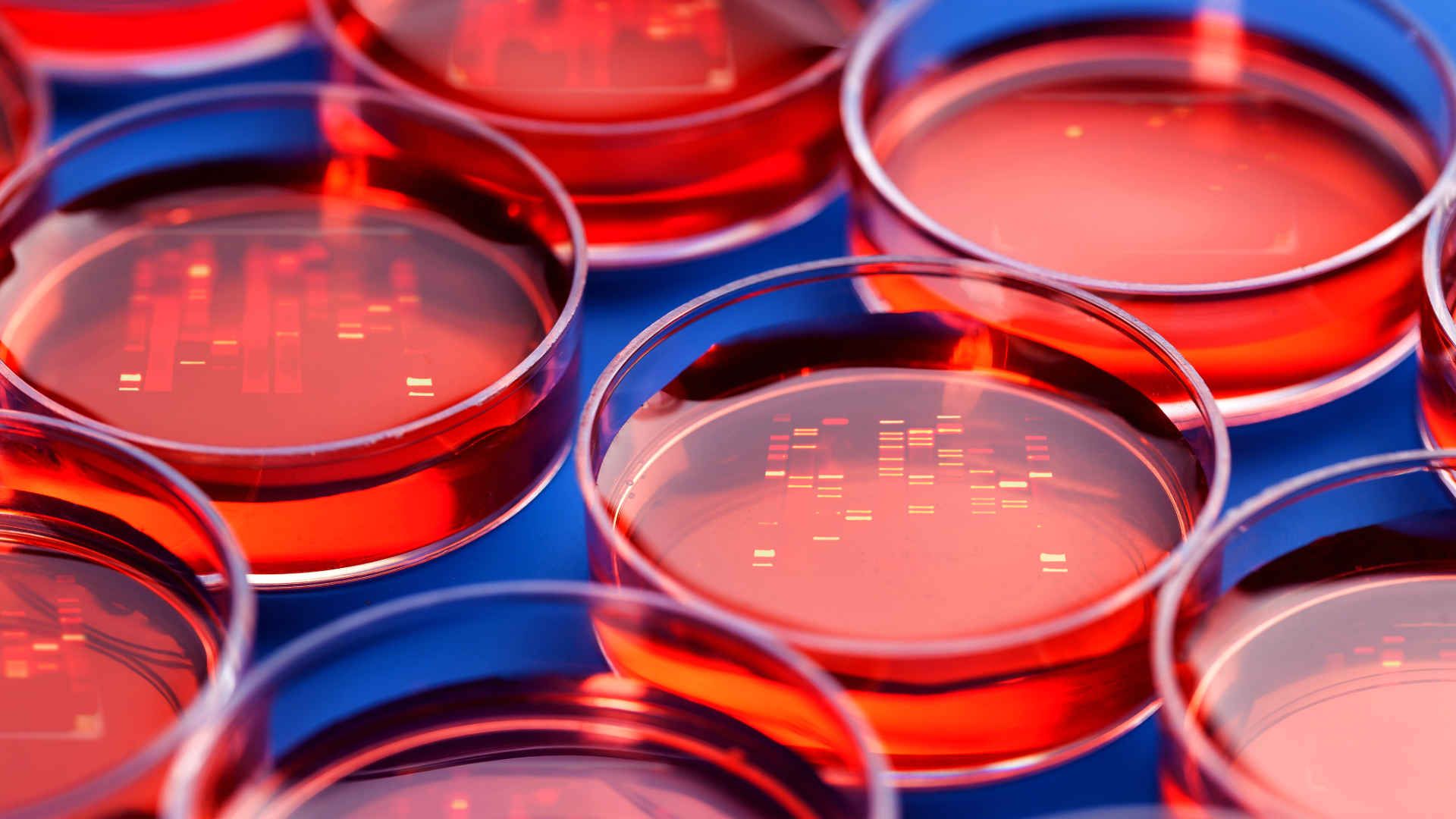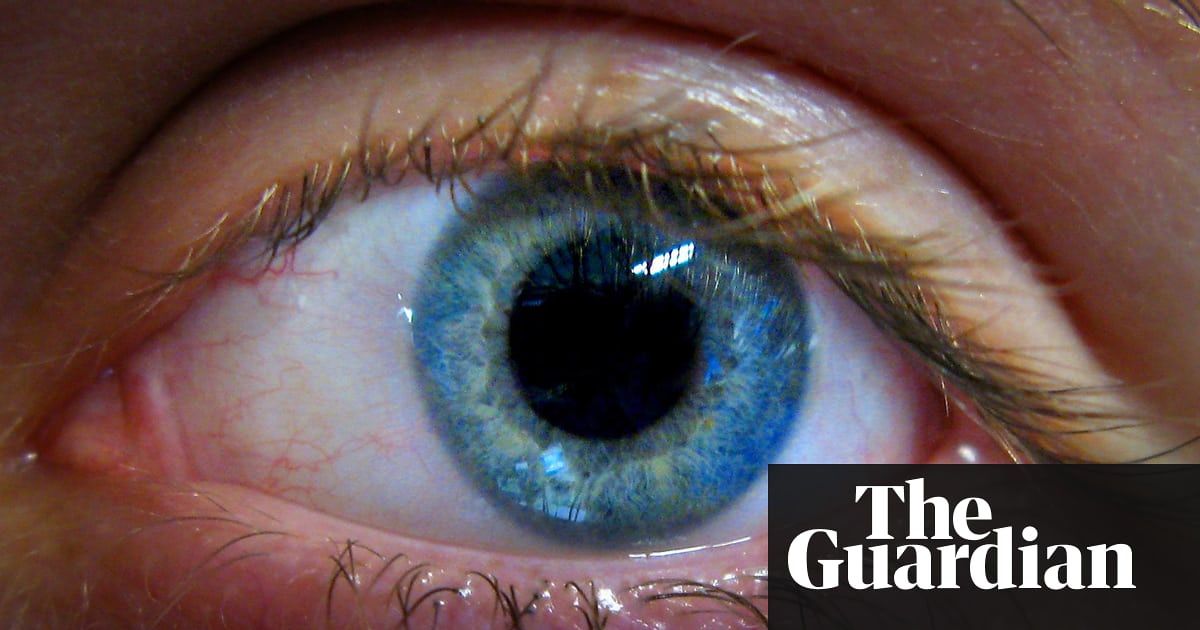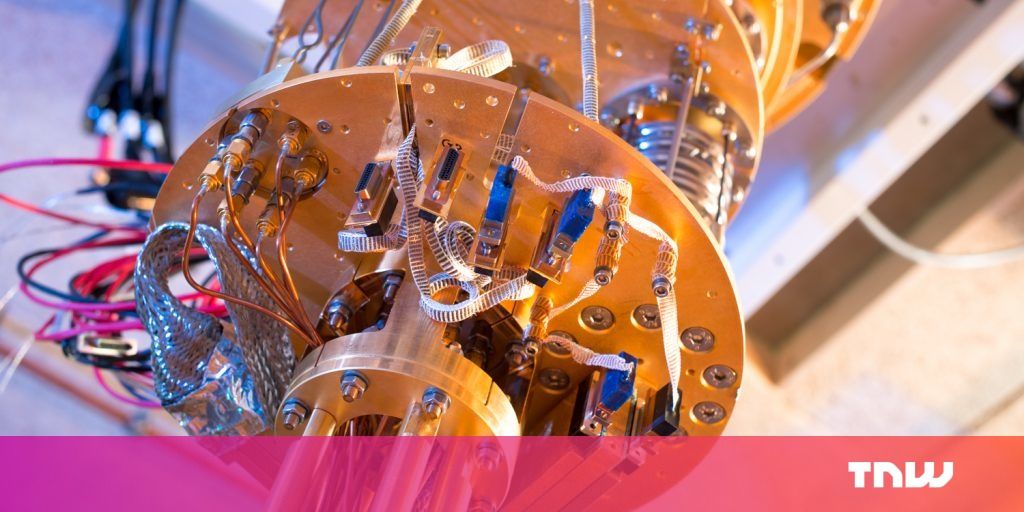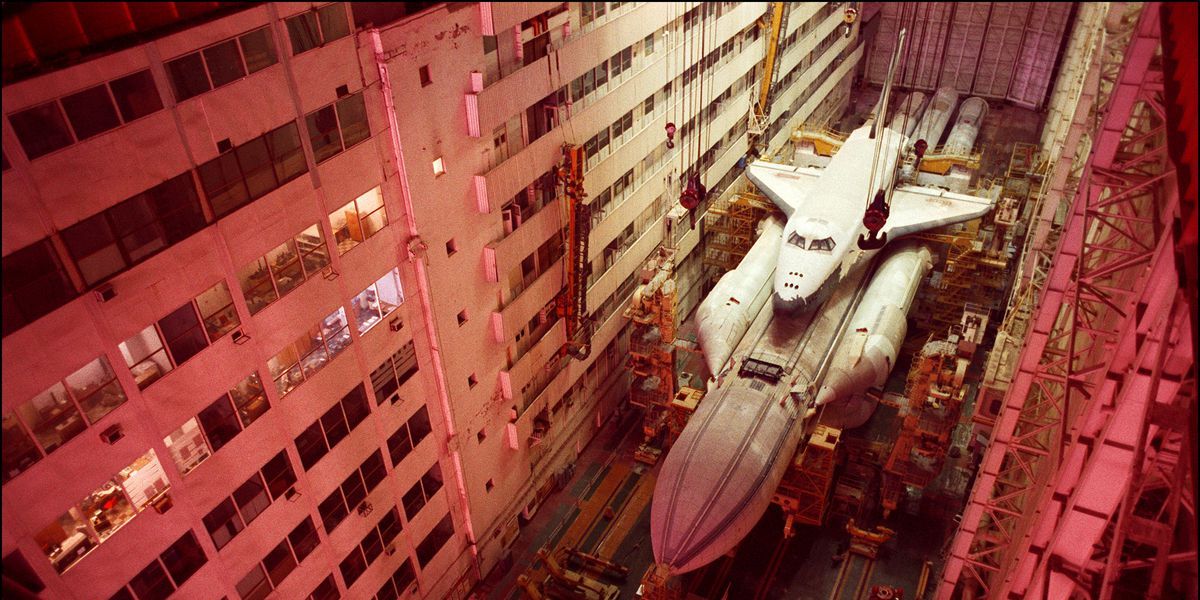Jul 25, 2018
How to turn the waste crisis into a design opportunity
Posted by Bill Kemp in category: sustainability
You might never have heard of expanded polystyrene, but you’ve definitely used it. It’s the lightweight white foam used for everything from packing peanuts to holding boxes of veggies at the supermarket.
Expanded polystyrene (EPS) is versatile, waterproof, and surprisingly strong. Unfortunately, it’s also a nightmare to dispose of. It fragments easily into many small, light pieces which can be easily carried away by the wind, and is difficult to process.
Australia exports some EPS to be recycled overseas, but we have less than one collection point per state. All of this means that The NSW Evironmental Protection Agency estimates that some 12,000 tonnes of EPS is sent to landfill every year. According to the Australian Plastics Recycling survey, about 14% of EPS is recovered for recycling. Most of that is exported – only around 1.6% of all the EPS used in Australia is recycled here.
